Skroutz Buyers Protection
Μικρά Ασία 9ος αιώνας - 1919, The Greek Orthodox communities: From the Millet of the Romanies to the Greek nationCode: 3605046
- Author: Σία Αναγνωστοπούλου
- Publisher: Pedio
- Μορφή: Soft Cover
- Έτος έκδοσης: 2013
- Αριθμός σελίδων: 736
- Κωδικός ISBN-13: 9789605461560
- Διαστάσεις: 24×17
Σία Αναγνωστοπούλου
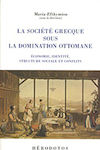
History Books
La société Grecque sous la domination Ottomane, Économie, identité, structure sociale et conflits
Ad from VivliodiktyoAdded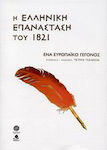

Political Books
Ο Χαρίλαος Τρικούπης και η εποχή του, Πολιτικές επιδιώξεις και κοινωνικές συνθήκες
from 25,59 €Added
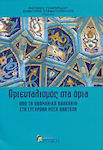
Religion & Metaphysics Books
Οριενταλισμός στα όρια, Από τα οθωμανικά Βαλκάνια στη σύγχρονη Μέση Ανατολή
from 21,98 €Added

Political Books
Τουρκικός εκσυγχρονισμός, Ισλάμ και Τουρκοκύπριοι στη δαιδαλώδη διαδρομή του κεμαλισμού
from 17,89 €Added
Similar products

History Books
24 ώρες στην αρχαία Αθήνα, Spending a day with the inhabitants of
Ad from Xryso FteroAdded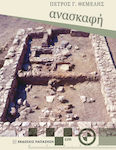

History Books
Το ημερολόγιο του διαβόλου, Alfred Rosenberg and the stolen secrets of the Third Reich
Ad from AdsolAdded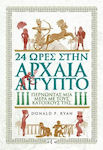

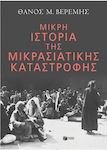
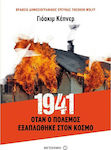
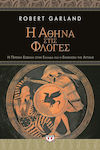
History Books
Η Αθήνα στις φλόγες, The Persian invasion of Greece and the evacuation of Attica
Ad from GoldenbooksAdded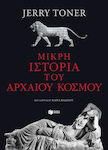

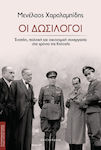 Top rated
Top rated Top rated
Top rated
All shops
Prices are calculated for:Malta, Other Payment Options
- 24,43 €
- 26,17 €
- 23,73 €
- 6,00 €
- 31,41 €
Description
The book examines the Greek Orthodox communities of Asia Minor during the period between the 19th century and 1919, in the perspective of a war (1919-1922), in the perspective of the transition from the multi-ethnic and multi-religious reality to national realities - a transition marked by a war. This does not mean, of course, that the outcome - the war - of a historical transition process is considered inevitable or unavoidable; on the contrary, it demonstrates how the mechanisms of rupture between populations are formed through this specific process, and thus the mechanisms of legitimizing a war in collective consciousness or, rather, in the consciousness of those who emerge as the expressions of collective consciousness. Through the example of communities, therefore, the book first examines the upheavals with dynamic rupture and then the fields in which they are manifested, as well as the agents of such upheavals. Because the entire historical process of the "East" in the 19th century unfolds, in most studies to date, through the framework of the "specificities" of the "East" in relation to the "West", to such an extent that the "East" itself is reduced to a "specificity", a specificity that ultimately surpasses History itself, in this book, through the communities, an attempt is made to approach the problems that allow us to understand the process of shaping certain specificities, as results of this process and not as inherent, metaphysical values.
The only elements that are initially considered given and studied in relation to the communities are the Ottoman geographical space, the political framework of "Ottoman power" and the "religious framework" - the millet of the Greeks. However, the fact that they are considered given does not mean that they are equally given. Firstly, the content of the terms used to describe the frameworks within which the communities are integrated, secondly, the boundaries of these frameworks themselves, and finally, the mechanisms of integration of the communities, as well as their functioning within them. Therefore, the communities are studied integrated into the spaces - geographical, political, religious - but in relation to the changes that these spaces undergo, in relation to the factors that shape the terms of the evolution of the communities themselves.
Specifications
- Genre
- Asia, Ottoman Greece
- Language
- Greek
- Subtitle
- The Greek Orthodox communities: From the Millet of the Romanies to the Greek nation
- Format
- Soft Cover
- Number of Pages
- 736
- Publication Date
- 2013
- Dimensions
- 24x17 cm
Important information
Specifications are collected from official manufacturer websites. Please verify the specifications before proceeding with your final purchase. If you notice any problem you can report it here.
Reviews
Verified purchase
- Paper quality
- Was it easy to read?
- Was it interesting enough?
- I liked the writing style
- I would read a book by the same author
- I would recommend it for reading














































